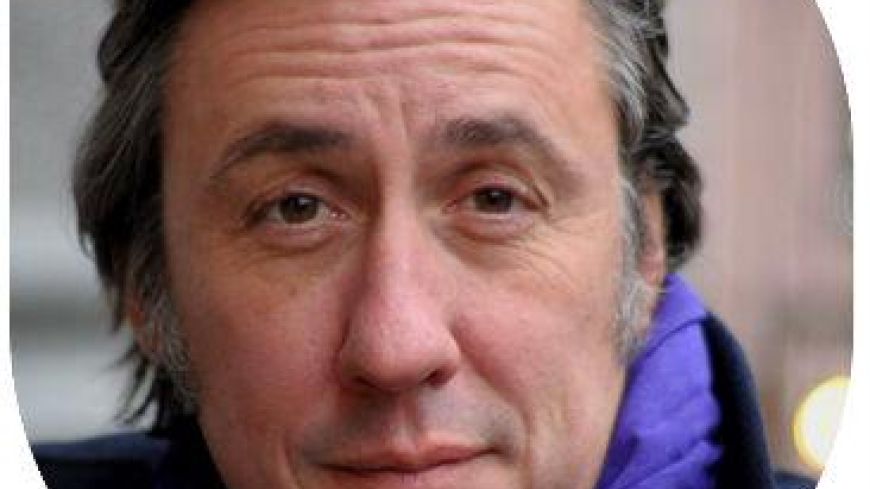
Without as much as the toot of a trumpet, the eminent art historian, critic and face of BBC’s Culture Show, Andrew Graham-Dixon hops on to the semi-circular stage at Symposium Hall for his Edinburgh Fringe debut. Armed with only a few items - a copy of his book, Caravaggio: A Life Sacred and Profane, a carry-out coffee cup and a discreet ‘zapperator’ for the slide show - he is immediately engaging.
Using his trademark naturalistic conversational style, Graham-Dixon opens this brilliant amalgam of enlightenment and entertainment with a sketch shown on the elevated screen by Otavio Leoni of the very man, Michelangelo Merisi known as Caravaggio, aged 25. Graham-Dixon reports that when Rolling Stone Keith Richard saw this sketch of him he reckoned if he’d been alive now Caravaggio would have been a Rolling Stone!
Graham-Dixon is steeped in Caravaggio having researched deeply, accessing Italian archives and records. The fruit of his research, his book, was shortlisted for the Samuel Johnson Prize for non-fiction in 2010 and is the basis for this show. Yet he is still haunted by missing details like the inventory by the landlady of Caravaggio not including the actual titles of the books he left in his apartment that he vacated because of rent arrears.
Plumbing the depths of his vast knowledge of his subject, and including some impressive impersonating skills, he weaves the dark story of the edgy and danger-filled life of this spine chillingly great Lombardian painter.
With an avalanche of information we are taken from his hoodlum life in the back streets of Rome, where honour and insult are merciless comrades, to his escape to Malta. It is there he runs to escape punishment for the murder of Ranuccio Tomassoni during a duel that was pretending to be a tennis match (a façade used at the time to also escape punishment from illegal duelling).
To ‘make it real’ was Caravaggio’s goal in his art. He used prostitutes and barefoot poor people as models much to the Church’s consternation. There are comparisons to modern day film making both in the work of Caravaggio and in the mores of the time.
Filmmaker Martin Scorcese is said to have compared 16th century Rome to Hollywood with the commission of the painting of an altarpiece being likened to the rights to producing a movie.
Caravaggio’s radical use of light makes him a prime candidate having the keen eye of a modern day movie maker. His paintings are all testament to this but the two that grace and contrast either side of the baroque altar in the Rome’s Cerasi Chapel of Santa Maria del Popolo, The Crucifixion of St Peter and The Conversion of St Paul are two of the stunning examples used to exemplify this in the talk.
Graham-Dixon explains the artistic and religious symbolism in the texts in question without a note or script in sight. The subject may be one of Andrew’s passions but it is still a tremendous feat of memory to relate it and he does it modestly and with relaxed easy gestures.
On television, it is assumed that there are rehearsals and retakes but this hour (or so!) passed with barely a break in breath from this self–effacing narrator during his richly layered and revelatory lectern-free lecture when he shared some of his vast knowledge and understanding with his own brand of easy going enthusiasm.
The Tatiesque squeaky seats in the auditorium failed to distract in this thoroughly entertaining and enlightening live performance from a master of his craft. Just a joy!
On Friday 23rd and Saturday 24th August, Andrew will explore the mysterious death of the criminal and artistic genius in his second-part show, “Who killed Caravaggio?”
Tuesday 13th to Saturday 17th August – 11:30
Tuesday 20th to Saturday 24th August – 10:10
£8 (£6)

